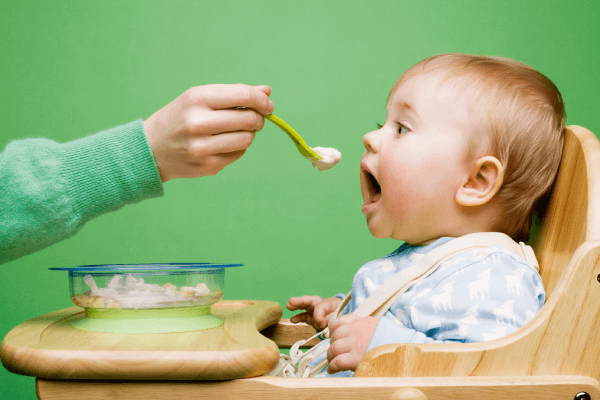
Lantmännen is an agricultural cooperative and Northern Europe’s leader in agriculture, machinery, bioenergy and food products.
Lantmännen is an agricultural cooperative and Northern Europe’s leader in agriculture, machinery, bioenergy and food products.
The Agriculture Sector constitutes Lantmännen's core business and offers products and services to promote strong, competitive farming.
The Food Sector develops, processes and markets products that include flour, breakfast foods, pasta, frozen and fresh bread, crispbread and ready-to-eat meals.
Lantmännen is an agricultural cooperative founded on the deep knowledge our farmers have aquired over generations. We make farming thrive and work together to take responsibility from field to fork.
From our core farming business, through the value chain, from field to fork, we are involved in every step from sowing to harvesting; to the food on our tables, feed for our livestock and climate –smart biofuels.
Owned by Swedish farmers, Sweden is our base with the Baltic Sea area as our expanded domestic market. We have a strong international presence, and no matter which country and location we operate in, we always take the same responsibility.
We pursue research and invest in innovation for tomorrow’s agriculture, bioenergy and foods of the future. Innovations are crucial if we are to resolve the challenges of today and tomorrow, which is why Lantmännen also has its own research foundation.
You´ll find the Lantmännen sprout on our packaging. The products may be different, but everyone can feel safe that we also minimise impact on climate and people. If you find the sprout on a packet, you can be sure what’s inside is Good Food from Lantmännen.
Excerpt from article in Cerealier no. 2, 2022
Only the very best batches of oats and wheat are used in baby food. The Baby Grain Passport project creates digital systems for facilitating work on production traceability and sustainability.
Grains for use in baby food, such as porridge, must be of extremely high quality; there are regulations about the levels of heavy metals and mycotoxins (fungal toxins), for example. A Formas-funded research project, Baby Grain Passport, is creating digital systems and tools to facilitate work on identifying and managing selected batches of grains.
The aim is to get a better overview of the quality of wheat and oats in baby food manufacturing.
"The aim is to get a better overview of the quality of wheat and oats in baby food manufacturing. We place great importance on producing a way of finding excellent batches and on seeing where we can grow the very best grains for this purpose, so we don’t introduce problems into the chain at the beginning,” says Kristin Piikki, researcher at the Swedish University of Agricultural Sciences (SLU), who is leading the project.
The project is a partnership between SLU, Lantmännen, Dataväxt AB and Agroväst Livsmedel AB, all based in Sweden. Artificial intelligence and data extraction technologies are used to transform big data into usable information. From this, decision-making support is being developed, as well as a prototype information system. "We are building a digital tool that will primarily be used internally. It will give us a slightly better handle on the knowledge we already have in our systems. Additionally, we will be able to make more dynamic connections to external knowledge", says CG Pettersson, Lantmännen R&D, responsible for work on grain quality. There are many important parameters for baby food in the production part of the chain, such as good flavour, good fat composition and good protein quality. "We focus on the quality of the baby food we produce, that is the most important", says Katarina Hallne from Semper, adding, “We follow ordinances, directives and guidelines from the EU and the Swedish Food Agency, so that risk substances are avoided. We also want a high microbiological standard, as our target group is vulnerable". “First and foremost, there are standard requirements that we must meet, primarily very low levels of unwanted substances. Even if we’re not working directly on other quality parameters just now, it is a small step to start looking at and working with them once we have the infrastructure in place,” concludes Pettersson.
There are many important parameters for baby food in the production part of the chain, such as good flavour, good fat composition and good protein quality. "We focus on the quality of the baby food we produce, that is the most important", says Katarina Hallne from Semper, adding, “We follow ordinances, directives and guidelines from the EU and the Swedish Food Agency, so that risk substances are avoided. We also want a high microbiological standard, as our target group is vulnerable". “First and foremost, there are standard requirements that we must meet, primarily very low levels of unwanted substances. Even if we’re not working directly on other quality parameters just now, it is a small step to start looking at and working with them once we have the infrastructure in place,” concludes Pettersson.
Text: Ebba Arnborg
Photo: ISTOCK
